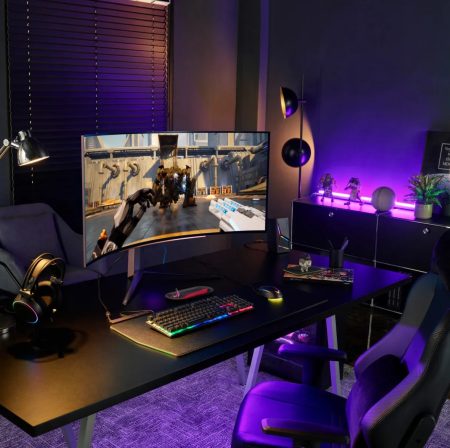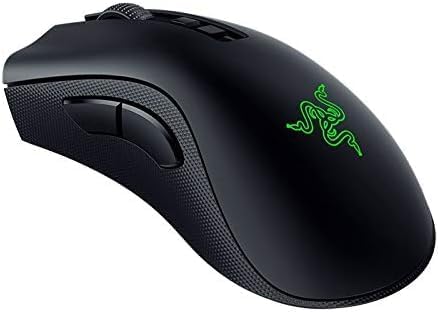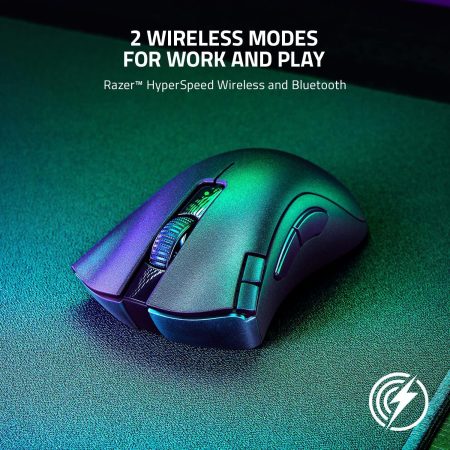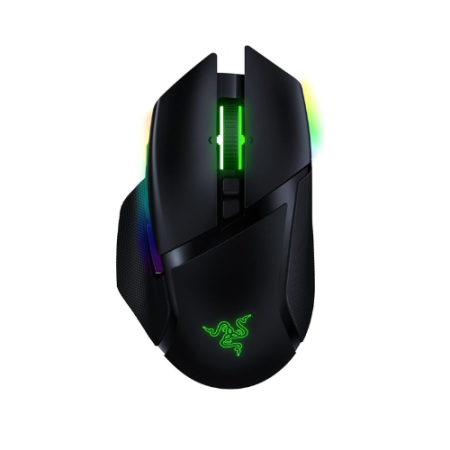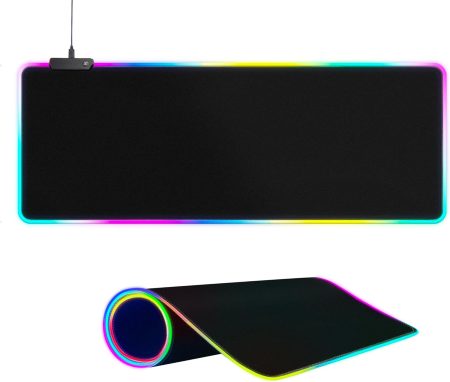You can buy all the top-notch components of a PC, but without a quality motherboard, they won’t perform well. You need to spend some extra money on a board to get the optimum performance without problems. However, the motherboard can get costly if you want more features and lots of ports for storage and connectivity. If you are making a budget for your build, this article can help you learn how much a motherboard costs and what board is best for what generation of CPU and GPU.
Types of Motherboards
There are three kinds of motherboards you can find in the market. All of them are different from each other in terms of price, features, performance, and size.
1. Mini ATX Motherboards
These are the smallest motherboards you can find, occupying a minimal area and allowing you to easily keep your PC on your desk. Since they are light and will fit inside a small case, you can carry them anywhere. However, they cannot support multi-core CPUs because of their sockets, so don’t expect excellent performance from them. These boards also feature a PCI-E x16 slot for the graphics cards.
2. MicroATX Motherboards
As the name implies, these motherboards are bigger than micro versions but smaller than full ATX boards. Despite its small size, it has all the features you get from a full-size ATX board. However, you won’t get a lot of ports for extra NVMe or SSDs, and there won’t be many USB ports. These motherboards are for those with a very tight budget but who want a good performance from their PC.
3. ATX Motherboards
These are the most common types of motherboards you’ll see nowadays. They have support for unlocked processors, top-of-the-line GPUs, RAM, and memories, and they even have dozens of USB slots for maximum connectivity. You can even find a PS/2 slot for a mouse/keyboard, a DVI, and a VGA slot in such motherboards. On the other hand, they are quite expensive, and the more components you want to attach to them, their price will increase significantly.

How Much Does a Motherboard Cost
The cost of the motherboard is determined by the components it offers. As you increase the components, the price will increase.
The mini ATX motherboard will cost you below $100 because they don’t have a lot of components to offer. However, for a small-budget PC, these motherboards are excellent.
A micro ATX motherboard will cost around $100-$200, but if you get a collector’s edition, that board might cost you $500. These are best if you don’t want to spend a lot on the motherboard but would like an excellent performance. Also, you’ll have less storage and might need an SSD dock to increase it.
An ATX motherboard starts from $100 (less if there is a sale) and can go up to $1000 if you want the best features. Such boards would require a solid case for maximum airflow and support liquid cooling, overclocking, the latest CPU chips, and the latest RAM in the market. They even allow you to attach two GPU cards for ultimate gaming performance. If you have tons of money to spend and want something that would support next-generation components for up to two or three years, these motherboards are the best option.
Motherboard Prices Based on Tiers
Since ATX motherboards are the most common, we’ll exclude the mini and micro ATX from this tier. The only motherboards you’ll see below are ATX, and their pricing is based on entry-level, mid-range, high-end, and enthusiast.
Entry-Level Motherboards
An entry-level motherboard would cost you around $70-$100, and these motherboards are best for people wanting to build a basic PC. They have no overclocking features and very little headroom. Maybe you can overclock the RAM, but it won’t make much of a difference. There will be only one NVMe slot, and maybe you will get an extra SSD slot.
Mid-Range Motherboards
Overall, mid-range mobos are good for general consumers who want the best performance but don’t want to use high-end hardware. A person looking to use an AMD Ryzen 5600X and RTX 3070 would think of this motherboard. They have decent overclocking capabilities, including CPU, GPU, and RAM. You might get Bluetooth and Wifi and some extra slots of storage.
These motherboards are available from somewhere between $100-$200, and if you are lucky, you might get a high-end board at this price. Typically, when there is a sale at online stores, they drop down prices, and sometimes high-end motherboards are available at 50-60% off. The performance difference changes drastically if you get a high-end board for a mid-range price.
High-End Motherboards
These types of motherboards are made for competitive gamers and professional content creators because they want extreme performance without delay and lag. They offer excellent overclocking capabilities, RAM support of up to 128 GB or more, up to four NVMe slots, Wi-Fi, Bluetooth, gigabit lane, and thunderbolt USB connection.
You can find such motherboards at a price of $350-$500, depending on how much room you want to upgrade.

Enthusiast Motherboards
Now, this is a different class; people rarely want to go after these motherboards because of their price. At some point, you might find such a motherboard at a $400 price, but on average, an enthusiast mobo is available at over $50. They have everything that a high-end motherboard has to offer but are better. If you suffer problems while overclocking on a $350 motherboard, try getting a $500 one, and things will be better. On the other hand, you’ll get RGB and much better heat dissipation on these motherboards. Some of them are made exclusively for water cooling.
Can Motherboard Size Impact Pricing?
Even if we ignore the mini, micro, and ATX motherboards, yes, the size of an ATX board will affect the price. Some ATX motherboards are a bit bigger, offering more slots and dual or Quadro GPU support, and they’ll cost a lot more than usual.
Does an Expensive Motherboard Perform Better?
If you are confused between motherboards and don’t have a choice, opt for a high-end one. The reason is that you’ll have much more flexibility allowing you to upgrade or make changes as you move on. A mid-range or entry-level motherboard will limit this option, and you might have to upgrade later.
On the other hand, don’t go for the most expensive one because having features that you never use will be a waste of money. Make a rough idea in your mind about what you’ll be doing with your PC that’ll help you choose the right board.
Final Words
Motherboards are available in every price range. You can find one under $100, and some go all the way to $1000. Always check what components you want and then choose a motherboard. This will narrow down the choices allowing you to easily pick one instead of choosing among the thousands.









